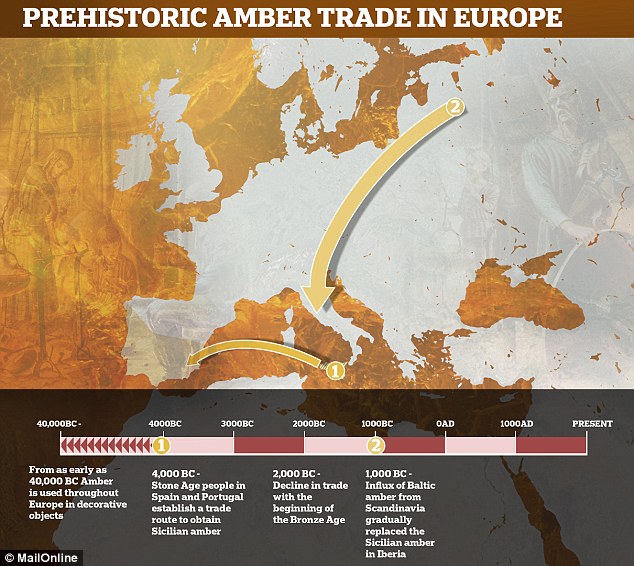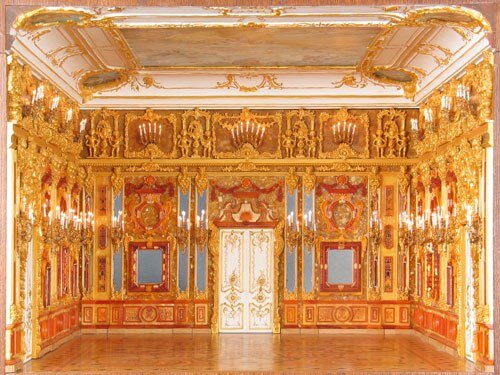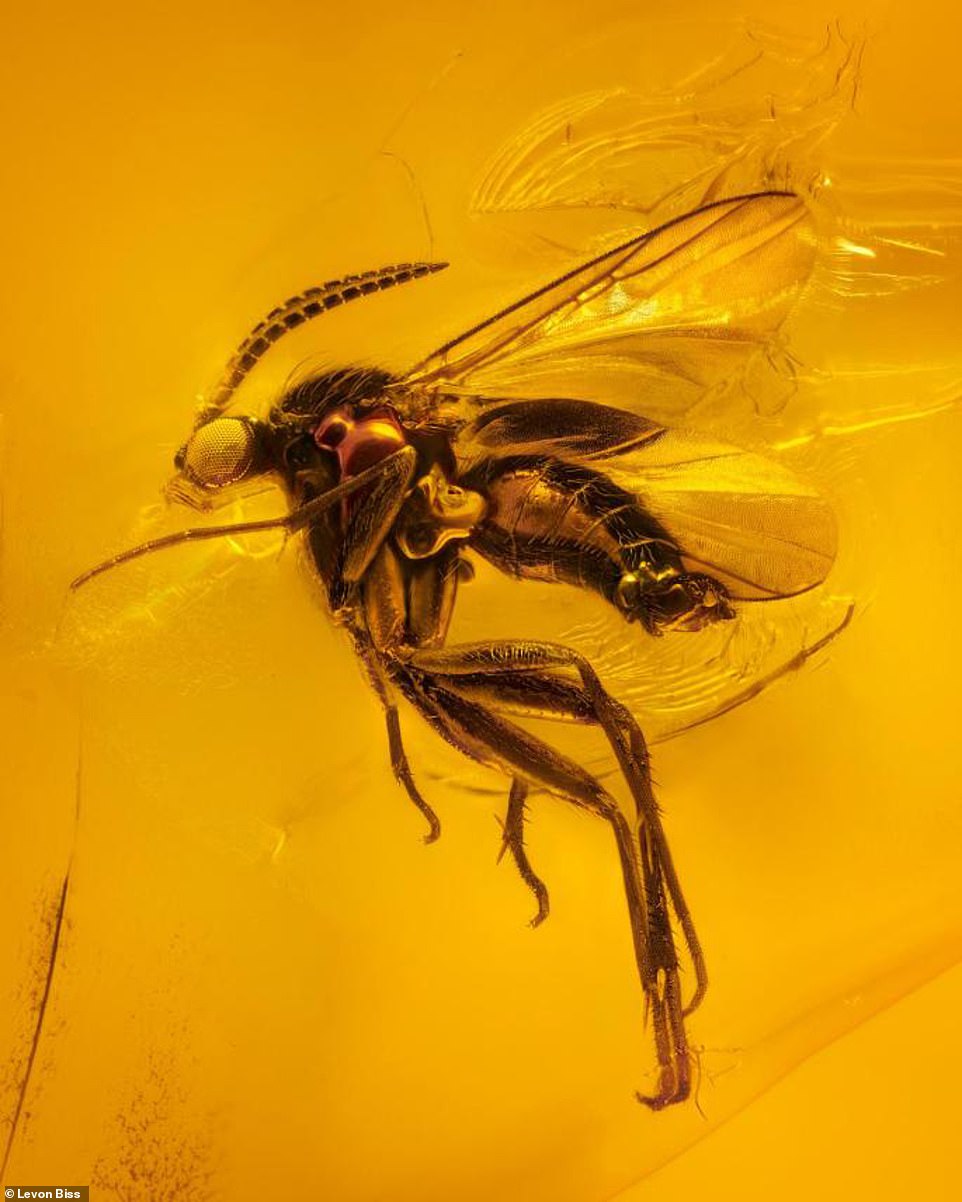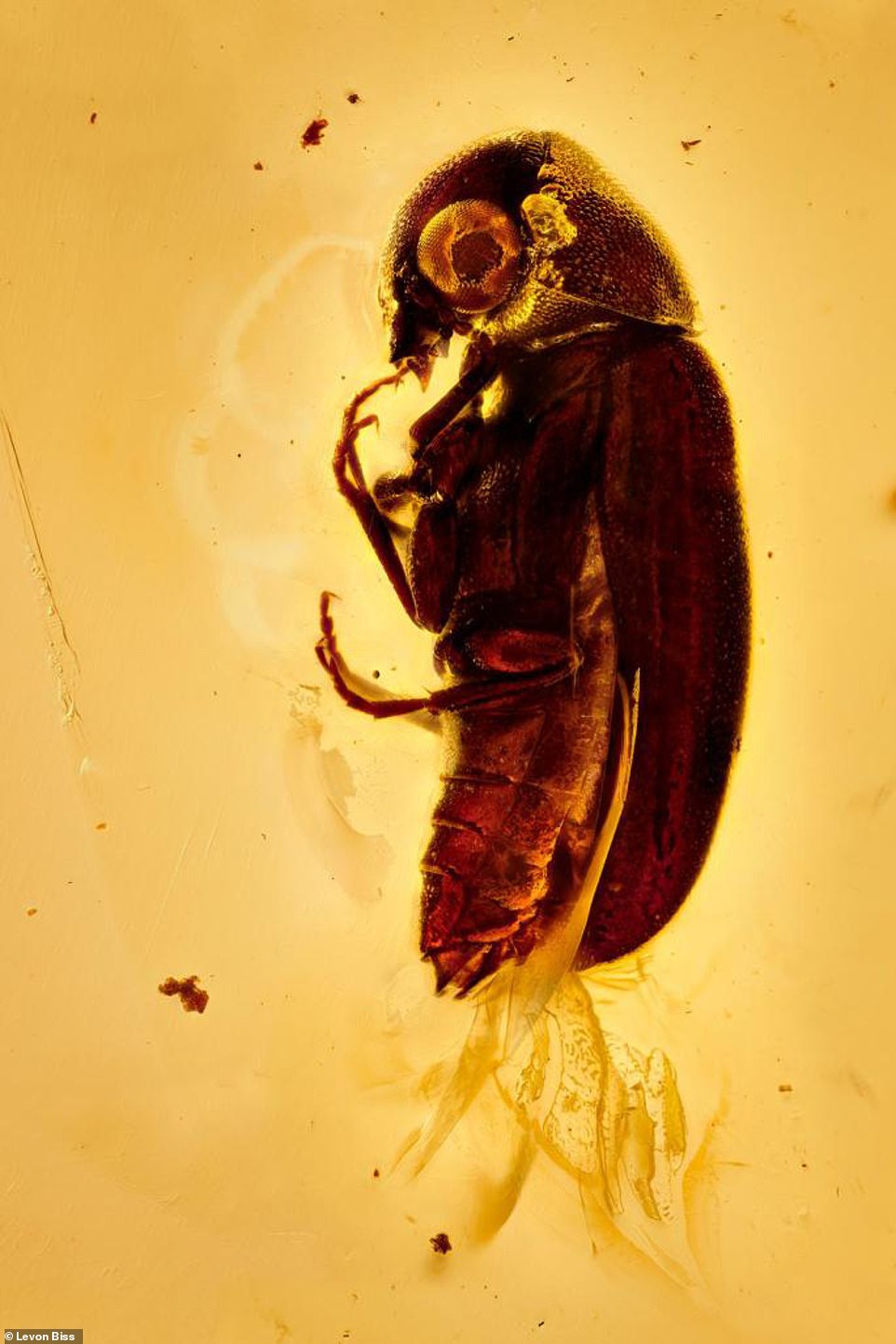The
Amber Room (
Russian: Янтарная комната,
tr. Yantarnaya Komnata,
German:
Bernsteinzimmer,
Polish:
Bursztynowa komnata) is a reconstructed chamber decorated in
amber panels backed with
gold leaf and
mirrors, located in the
Catherine Palace of
Tsarskoye Selo near
Saint Petersburg. Constructed in the 18th century in
Prussia, the original Amber Room was dismantled and eventually disappeared during
World War II. Before its loss, it was considered an "
Eighth Wonder of the World". A reconstruction was installed in the Catherine Palace between 1979 and 2003.
The Amber Room was intended in 1701 for the
Charlottenburg Palace, in
Berlin,
Prussia, but was eventually installed at the
Berlin City Palace. It was designed by
German baroque sculptor
Andreas Schlüter and
Danish amber craftsman Gottfried Wolfram. Schlüter and Wolfram worked on the room until 1707, when work was continued by amber masters Gottfried Turau and Ernst Schacht from
Danzig. It remained in Berlin until 1716, when it was given by the Prussian King
Frederick William I to his then ally,
Tsar Peter the Great of the
Russian Empire. In Russia, the room was expanded, and after several renovations, it covered more than 55 square metres (590 sq ft) and contained over 6 tonnes (13,000 lb) of amber.
The Amber Room was
looted during World War II by the
Army Group North of
Nazi Germany, and brought to
Königsberg for reconstruction and display. Its current whereabouts remain a mystery. In 1979, efforts were undertaken to rebuild the Amber Room at Tsarskoye Selo. In 2003, after decades of work by Russian craftsmen and donations from Germany, the reconstructed Amber Room was inaugurated at the Catherine Palace.











